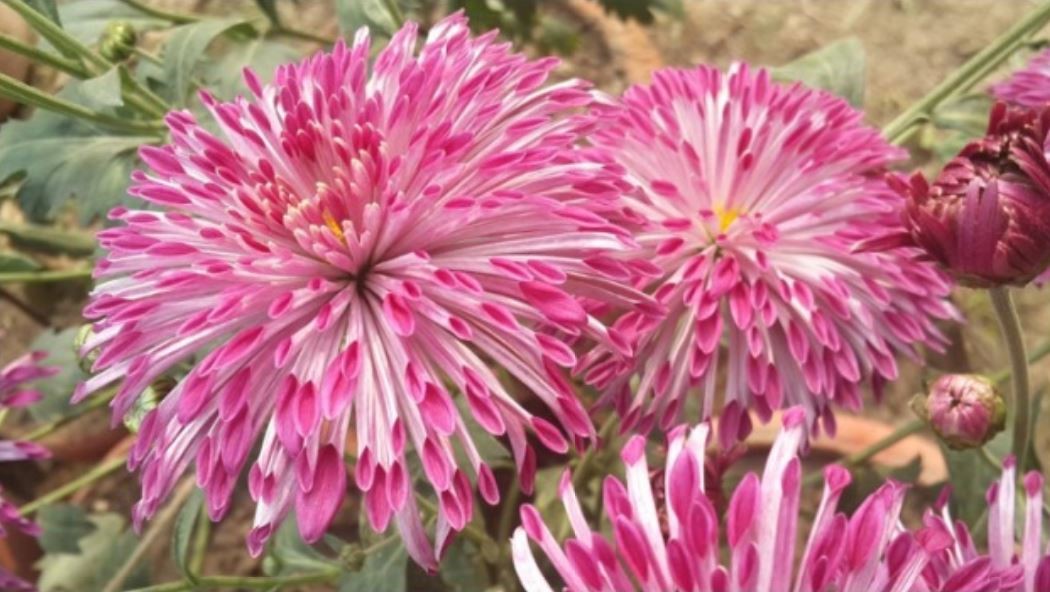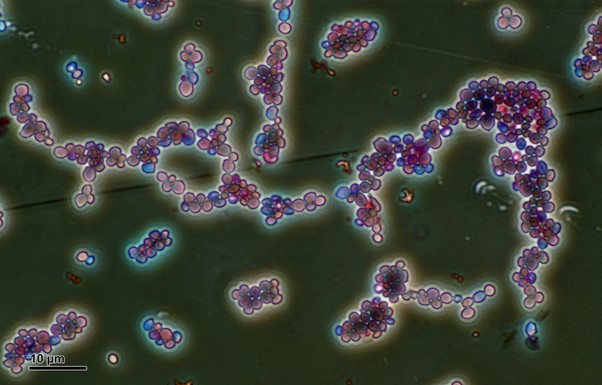
Adequate Water Most Important for Plant Diversity
- News
- 1.3K
India has a total geographical area of nearly 329 million hectares. The climate varies from the north to the south and east to west. However, in spite of this diversity, little is known about how climate affects the diversity of plants that grow in a particular area.
A recent study by Dr. Poonam Tripathi and a team from the Indian Institute of Technology, Kharagpur, has shown how the amount of rainfall and temperature of a place affects the variety of plants in major biogeographic zones of India.
The research utilized the plant species richness data collected under the national project ‘Indian National-Level Biodiversity Characterization at Landscape Level’. The temperatures and amount of rainfall of a place were calculated from data of the past 100 years.
Though the amount of rainfall for the driest month (minimum rainfall) had the highest influence, a combination of minimum rainfall and minimum temperature were found to be desirable. This was expected as water and energy affect plant physiological processes, plant growth, and its yield. Environments with moderate temperatures and good water availability have a greater variety because most plants can tolerate moderate climates better than extreme climates.
According to the data published in the scientific journal PLoS ONE, tropical areas are richest not only in plant diversity but also in the number of plants that might be due to the lack of competition for moisture in the presence of adequate water.
The maximum variety of plants (623) were found in the area between the Gangetic plain and Himalaya zone. The number of species varied between 10 and 609 in the Deccan peninsula, 31 and 581 in the Western Ghats, 30 and 344 in the North-east, 97 and 531 in the Trans-Himalaya, 14 and 160 along the coast, 3 and 517 in the semi-arid zone, and 6 and 175 in the desert zone.
Plant diversity was greater in the Western Ghats, Deccan peninsula and Himalaya and trans-Himalaya zones than the arid and desert zones. As these areas have more or less similar high temperatures, this indicates a strong influence of water on the plant diversity due to the fact that the arid and desert zones receive less rain. The North-east zone, in addition, was also affected by other factors such as hilly terrains thus affecting the number and variety of plants.
The very low to a moderate number of varieties found in the drier zones could be explained by the low soil moisture. These zones are very hot. Rainfall is erratic and less (0.41 mm to 94 mm). The lack of water in the soil does not allow plants to grow.
In addition, larger ranges of temperature exaggerate the effects of extreme climate leading to a limited variety of plants that grow in dry places. However, frequent and large fluctuations in temperature also cause the plants to adjust within a very short time to cope with extremes, i.e. from very high to very low temperatures. The hardy plants found here might have overcome the harsh environmental challenges.
According to Dr. Poonam Tripathi, “knowledge of plant richness patterns under various environmental conditions is important in dealing with biodiversity conservation and management actions.”
Other members of the research team are Dr. Mukunda Dev Behera and Dr. Partha Sarathi Roy.
If you liked this article, then please subscribe to our YouTube Channel for the latest Science & Tech news. You can also find us on Twitter & Facebook.


